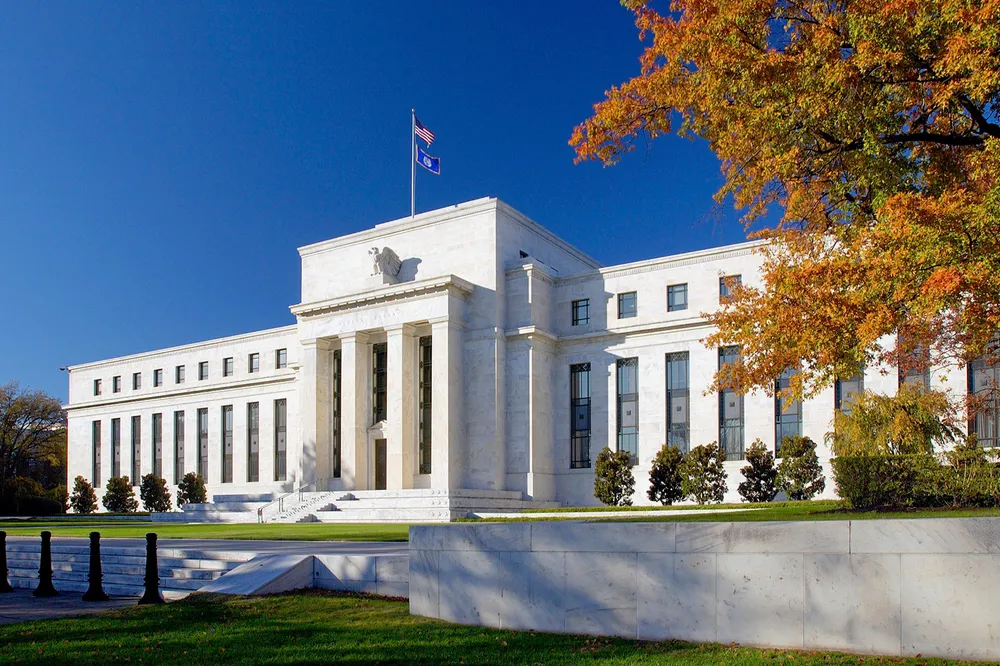Clean hydrogen projects at risk due to high interest rates: WoodMac
High capex for these facilities means even a 2% rise in cost of borrowing would increase the levelised cost of H2 by 10%

High capex for these facilities means even a 2% rise in cost of borrowing would increase the levelised cost of H2 by 10%
